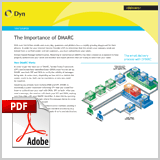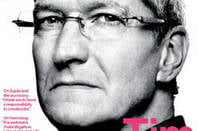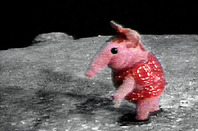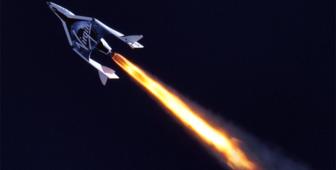BOOK REVIEW
- Title: The Prince and the Poor Boy
- Author: Mark Twain
- Year of Publication: -First edition: 1978
-My edition: 1992
- Characters:
- The poor boy (Tom Canty): He
is one of the two main characters. All his family is poor, and his
father usually hits him. He is an intelligent boy, but he always wears
rags. He lives in the poor part of the city.
- The Prince (Edward Tudor). He
is the other main character. His father is Henry VIII, and he is very
rich. He is the future king of England. He is compassionate and very
similar to Tom Canty (they are like twins).
- Tom’s father: Tom Canty’s father. He is very aggressive with his son, he hits him a lot and he is always lying.
- Tom’s mother: She is Tom Canty’s mother. She is very friendly with her children, and she doesn’t like that her husband hits Tom.
- Tom’s sisters: There aren’t many things to say about them. They are two, and they believe the prince when he tells them he is the true prince.
- The King: He is Henry VIII. He is Edward Tudor’s father, the prince. He is a very strict king. So, a lot of people hate him.
-Miles Hendon: He
is a knight, and he helps the prince in his adventure. He is very kind
with the prince, but he doesn’t believe he is the prince until the end
of the story.
-Synopsis of the story:
One
day, two boys were born. They were called Tom Canty and Edward Tudor.
Tom Canty was born in a poor family. However, Edward Tudor was born in a
very rich family: the king family. He was designated to be the next
England king.
Tom
Canty’s father usually hit Tom. Tom always wore rags, and all his
friends were also poor. One day, he visited king’s palace. He wanted to
see The King, and he approached the gate. Then, a soldier saw and hit
him, and all the people did the same. In that moment, the Prince saw
what was happening and he invited Tom Canty to go into the Palace. He
accepted. There, the Prince and Tom Canty changed their clothes, because
Tom Canty wanted to look like a rich person. Then, the Prince went out
of the room and a soldier saw him when he wore rags. And, as he and Tom
Canty were very similar, the soldier thought it was Tom Canty, and he
threw him out of palace.
Now,
Tom Canty was like the Prince. But he missed his family, and a lot of
people in palace thought he was the true prince, but he was mad (because
he said he wasn’t the true prince, he didn’t know his father and his
servants, he didn’t know French…). So, there were a lot of problems.
While
that was happening, the true Prince went with Tom’s family. Tom’s
father hit him, and the situation was uncomfortable. One day, he was
lying to a person to get some money for his “family”, but he didn’t want
to do it, so he told the truth. The good person got the thief and he
could escape. After this, he met Miles Hendon, an ex-soldier who helped
him to return to the palace. They had a lot of strange and exciting
adventures.
The
day of the crowning of the king (Henry the Eight had died some time
ago), the true prince returned to the palace. And, as he and Tom Canty
were kind of friends, they showed the true prince was Edward Tudor, and
not Tom Canty.
Finally,
Edward Tudor was crowned king, he did justice among the good and bad
people and he named Tom Canty and Miles Hendon his assistants. They
lived happily forever and ever.
My opinion
a) What did you like best/least? Why?
-
The thing I liked best is when the prince and the poor boy change its
characters and each one can live like the other. It’s very original.
- The thing I liked least is that the king dies and he can’t decide what happens with the future prince before he dies.
b) Was it funny? Why?
-
Yes, I liked it a lot. It was very funny: a prince and a poor boy
changing their personality. They lived a lot of interesting adventures,
and a lot of curious things happened. I enjoyed reading this book.
c) Would you change anything in your tale? What?
-
I don’t know very well if I would change something in my tale. Maybe I
would change how the king decides the organization of the country.
Lexicon and Gramatical expresions
Word Family: Poor boy, Prince, King, Sword, England, Henry VIII, clothes, hit, thief, lie, gates, palace
Funny expressions:
-They are all the time saying rags and rich clothes.
-“The moved from place to place”.
-“Come in. But leave wrong-doing behind”.
Suscribirse a:
Enviar comentarios (Atom)




















 Extension sought for badger cull
Extension sought for badger cull  Obama: Republicans using 'extortion'
Obama: Republicans using 'extortion' Cursed country
Cursed country 'I escaped hell'
'I escaped hell' Back handers
Back handers Cultural Calendar
Cultural Calendar  Click
Click


No hay comentarios:
Publicar un comentario en la entrada